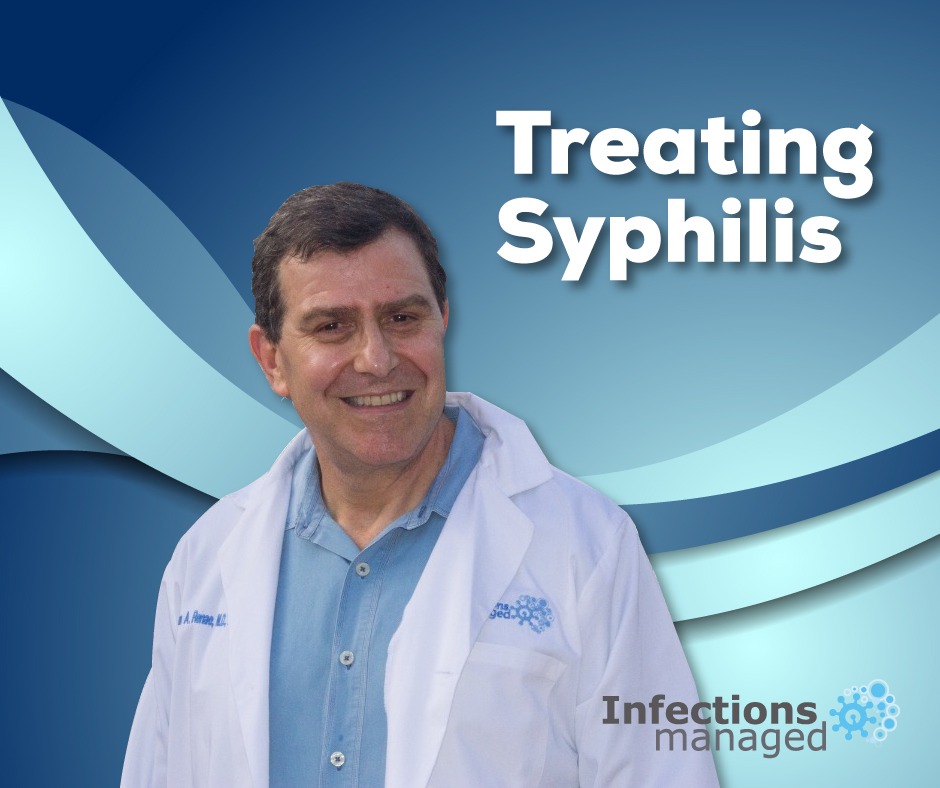Syphilis is a sexually transmitted disease (STD) caused by the Treponema pallidum bacterium.
Although the global prevalence of this infection has been continually declining over the last three decades, the rates of primary and secondary syphilis in the US, Europe, and China are currently increasing in both men and women.
The population of men who have sex with men (MSM) is at most risk. To illustrate the matter, imagine the following:
Of all the 27,814 reported cases of syphilis in 2016, 58.1% of them (16,155 cases total) were seen in MSM .
The good news is that, syphilis can be effectively cured with the right treatment if diagnosed early.
But how do you know if you have this infection and when exactly should you see a doctor?
Let’s take a good look at the essential things to know.
How can you get syphilis?
As syphilis is a sexually transmitted disease (STD), the primary way of getting it is by having any form of sex (oral, vaginal, anal) with a person with syphilis.
One of the main dangers of syphilis transmission is that you can get it by kissing near a syphilis lesion. Another problem is that the bacteria that cause syphilis can enter another person’s body through intact mucous membranes. So, for example, if a person has a syphilis sore in the mouth, just kissing this person will be enough to get the disease—even if you don’t have sex, and even if you don’t have any sores in your mouth.
The bacteria can also be transmitted from mother to baby and cause congenital syphilis, so every pregnant woman should consider running a syphilis test just in case.
On the bright side, syphilis can’t be transmitted through casual contact, so sharing household items, shaking or holding hands, and hugging are all considered safe activities.
Transmission through blood transfusions is extremely rare.
What are the common symptoms of syphilis?
Syphilis has four stages. The signs and symptoms of the infection are different on every stage.
Primary syphilis
Primary syphilis manifests, on average, 21 days after exposure. It usually starts with a solitary chancre, which is a firm skin ulceration about 1-2 cm in diameter. This chancre is always painless and non-itchy, so many syphilis patients decide it’s not a serious issue and avoid a doctor hoping the sore will ”go away on its own.” Multiple sores may be present.
Secondary syphilis
4-10 weeks after exposure, secondary syphilis develops. It may manifest in many different ways, but here are some of the most common symptoms:
- Symmetrical rash on the trunk, hands, and feet (painless, non-itchy)
- Broad lesions resembling warts on the mucous membranes.
- Non-specific symptoms: fever, fatigue, weight loss, sore throat, headache
Latent syphilis
If left untreated, secondary syphilis develops into the latent stage of the disease. No symptoms are seen on this stage, although the bacteria are still in the patient’s body. This stage may last for many years in some patients while other people may not experience it at all and progress to the tertiary stage.
Tertiary syphilis
On this stage, extensive damage is done to the heart, nervous system and connective tissue of the patient, leading to life-threatening complications and severely impairing quality of life.
Conclusion
Syphilis is an extremely contagious and unpleasant infection that can severely impair one’s life if left untreated. Screening for the disease is highly recommended among people at increased risk of infection, specifically HIV patients and men who have sex with men. All pregnant women should be screened for syphilis as well.
If you suspect that you or someone you know could have been in contact with a person with syphilis, visit an infectious disease doctor and get checked.
Syphilis is curable with antibiotics, but it’s important to start treatment as soon as possible to avoid complications!

